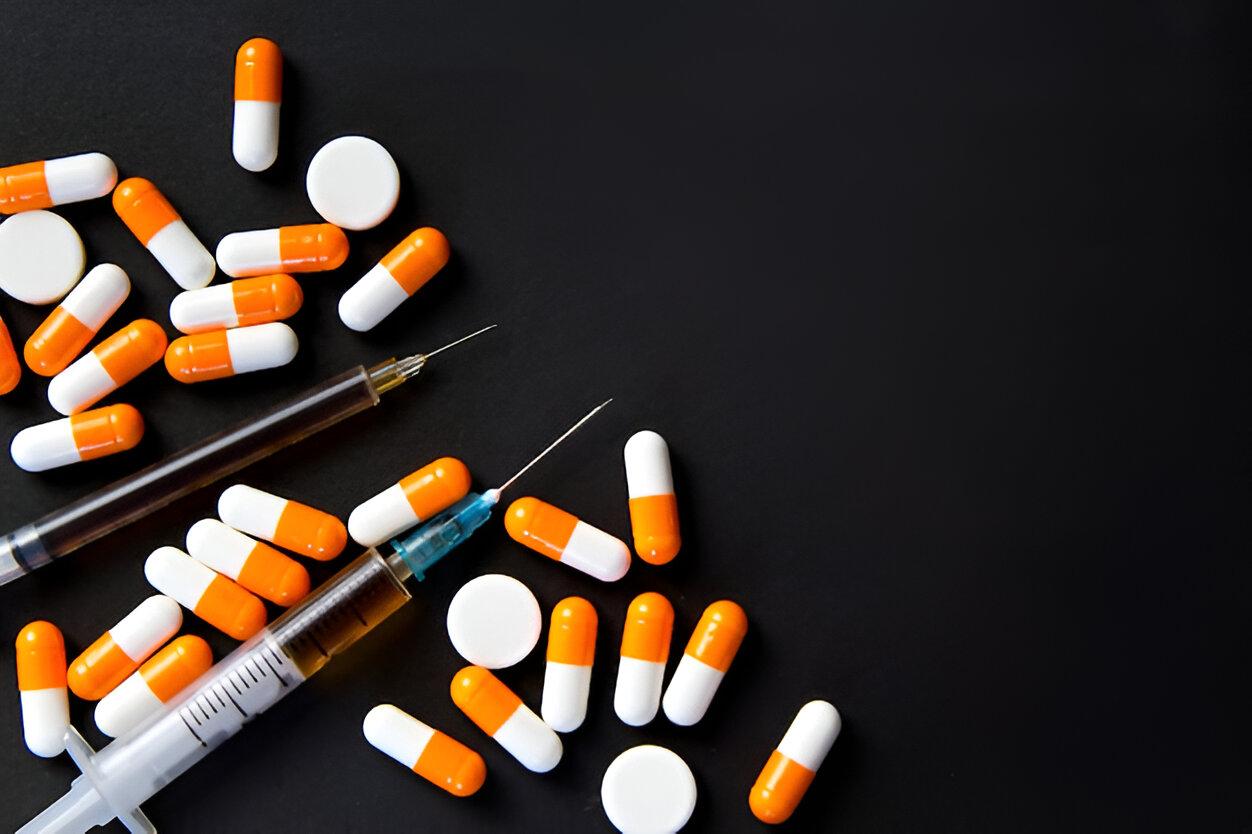Cancer Prevention Breakthrough: The HPV Vaccine's Impact on Global Women's Health

Modern medicine has achieved a remarkable milestone with the development and widespread implementation of the human papillomavirus (HPV vaccine). This preventive intervention has emerged as a cornerstone of cancer prevention strategies, offering women unprecedented protection against cervical cancer and related malignancies. The vaccine's success story represents one of the most significant public health achievements of the 21st century.
How HPV Vaccination Creates Lasting Protection
The innovative mechanism of HPV vaccine relies on advanced biotechnology to create immunity without causing disease. The vaccine contains carefully engineered virus-like particles that mimic the structure of actual HPV viruses but lack the genetic material necessary for infection or replication.
When administered, these particles trigger a sophisticated immune response that produces neutralizing antibodies specific to the most dangerous HPV strains. The immune system learns to recognize and eliminate these viruses before they can establish persistent infections that lead to cellular changes and eventual malignancy. This preventive approach represents a paradigm shift from treating cancer to preventing it entirely.
Evidence of Cervical Cancer Prevention Success
Compelling data supports the effectiveness of HPV vaccine cervical cancer prevention initiatives worldwide. National cancer registries from countries with established vaccination programs document significant reductions in cervical cancer incidence among vaccinated cohorts. Finland reported a 75% decrease in invasive cervical cancer among women who received the vaccine during adolescence.
The vaccine's impact extends beyond cancer prevention to include substantial reductions in precancerous lesions requiring medical intervention. This decrease in abnormal cervical cytology results in fewer invasive procedures, reduced healthcare costs, and improved quality of life for women. The evidence consistently demonstrates that vaccination programs deliver measurable population-level benefits.
Managing Safety Concerns and Side Effects
Rigorous post-marketing surveillance has thoroughly evaluated HPV vaccine side effects female recipients may experience. The most common adverse events are mild and transient, primarily consisting of injection site reactions such as pain, redness, and swelling. These local reactions typically resolve within 48 hours and rarely require medical attention.
Systematic analysis of safety data from global vaccination programs has consistently found no increased risk of serious adverse events compared to other routinely administered vaccines. Rare reports of syncope (fainting) can be effectively managed through appropriate observation periods following vaccination. The vaccine's safety profile continues to be excellent, with ongoing monitoring confirming its favorable benefit-risk ratio.
Long-term Immunity and Sustained Protection
Research examining HPV long-term effects demonstrates the vaccine's ability to provide durable protection against targeted HPV strains. Longitudinal studies show that antibody levels remain well above protective thresholds for at least 12-15 years following vaccination, with mathematical models suggesting protection may last several decades.
The vaccine's long-term safety profile remains reassuring, with extensive follow-up studies finding no evidence of delayed adverse effects or increased disease risk among vaccinated populations. This sustained protection is particularly valuable for cervical cancer prevention, as the disease typically develops slowly over many years following initial HPV infection.
Transforming Global Health Outcomes
The widespread adoption of HPV vaccination represents a transformative approach to cancer prevention that is reshaping global health outcomes. Countries with comprehensive vaccination programs are documenting unprecedented reductions in HPV-related diseases, creating the first generation of young adults with dramatically reduced cervical cancer risk.
As vaccination coverage continues to expand globally, the full potential of HPV vaccination to eliminate cervical cancer becomes increasingly achievable. The World Health Organization's elimination initiative, supported by effective vaccination strategies, screening programs, and treatment access, offers hope for a future where cervical cancer becomes a rare disease. This vision of cancer elimination through prevention exemplifies the power of evidence-based public health interventions to transform population health outcomes.
Latest Reports:-
Retinopathy Of Prematurity Market | Richter Syndrome Market | Ringworm Market | Rosacea Market | Rotator Cuff Injuries Market | Shingles Market | Short Bowel Syndrome Drug Market | Short Bowel Syndrome Market | Shoulder Replacement Devices Market | Sickle Cell Disease Market | Sinusitis Market | Sjogren’s Syndrome Market | Skin Grafting Devices Market | Skin Neoplasm Market | Nicotine Addiction Market | Smoking Cessation Market | Spinal Cord Injury Market | Spinal Cord Stimulators Market | Spinal Decompression/traction Devices Market | Spinal Implants Market | Spinal Non-fusion Devices Market | Spinal Trauma Devices Market | Orthobiologics Market | Spondylolisthesis Market | Sporadic Inclusion Body Myositis Sibm Market | Staphylococcus Aureus Infection Market
- Art
- Causes
- Crafts
- Dance
- Drinks
- Film
- Fitness
- Food
- Jocuri
- Gardening
- Health
- Home
- Literature
- Music
- Networking
- Alte
- Party
- Religion
- Shopping
- Sports
- Theater
- Wellness



